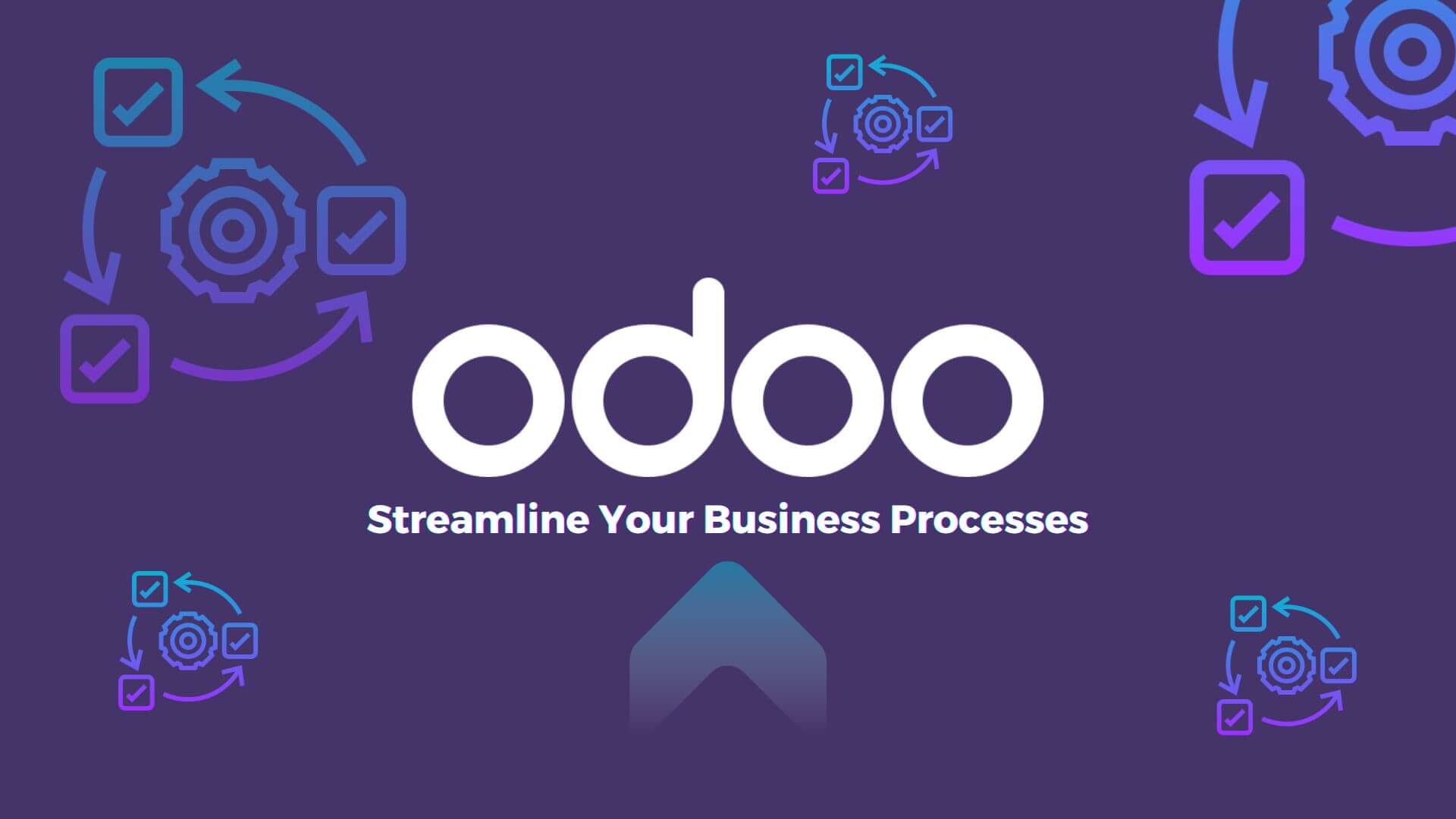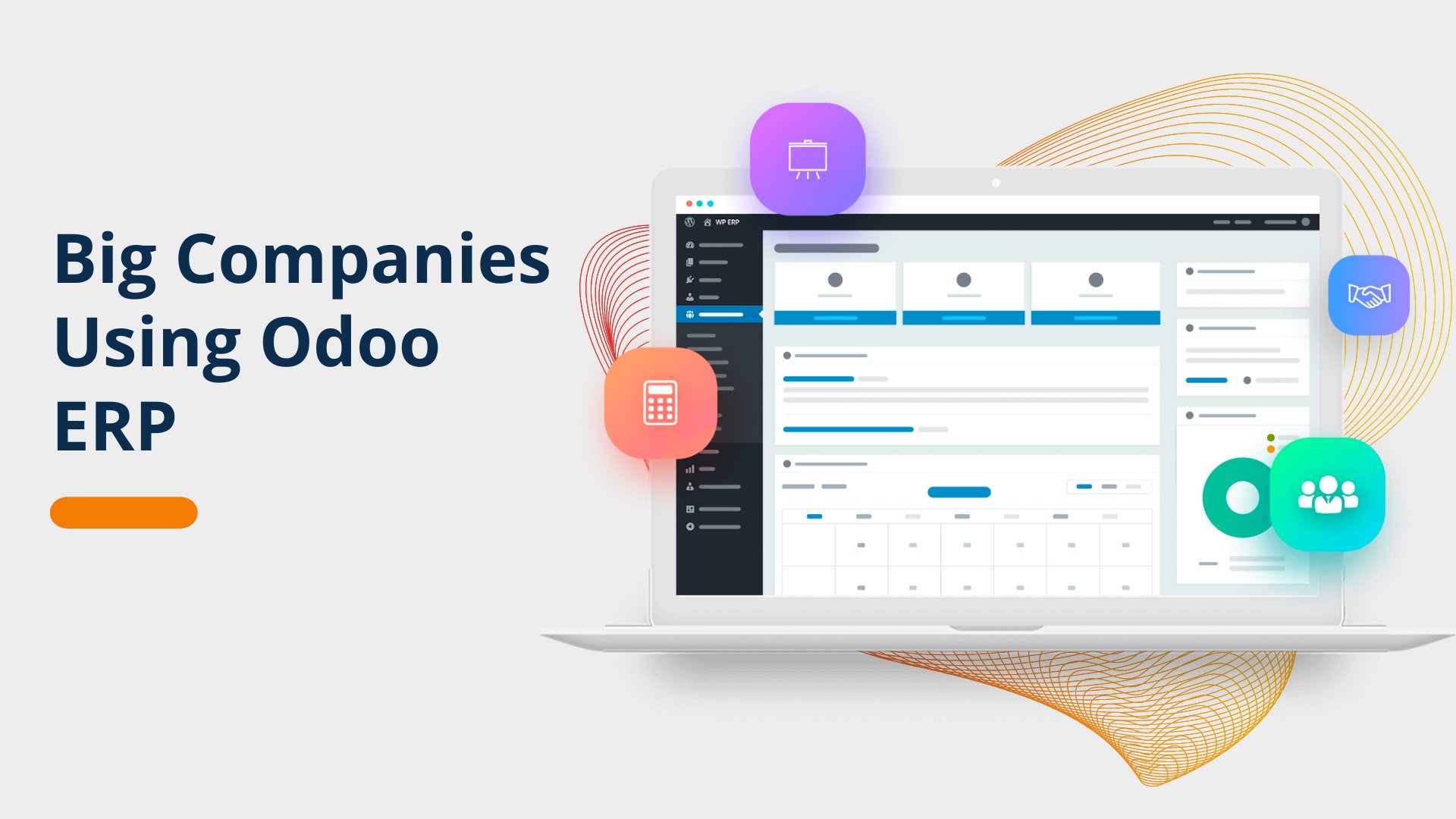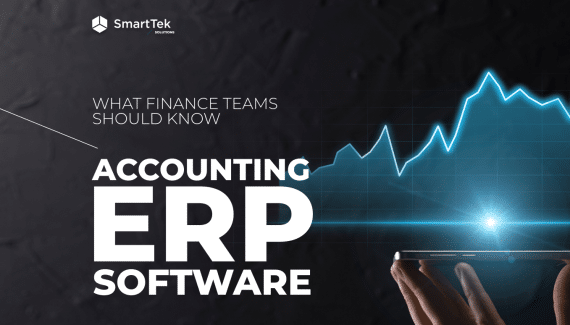Every company operating in the digital world is vulnerable to cyberattacks, and intruders are becoming more sophisticated every year.
Improving an organization’s cybersecurity is one of the most important tasks not only for IT staff and management, but also for every employee. It is one of the most critical aspects of an organization’s overall risk management strategy.
This article will show you why enterprise cybersecurity is critical and outline cybersecurity best practices to help you protect your company’s data. You can use this article as a checklist to help you implement the necessary changes.
- 1 in 10 businesses suffer a cyber attack every year. The largest DDoS attack was 1.3 terabytes per second. — Terranova Security
- 51% of business leaders view cybersecurity as a key business enabler. This compares to 37% who view it as a necessary cost of doing business. — Bright Defence
- 46% of all cyber breaches impact businesses with fewer than 1,000 employees. — StrongDM
Why is Enterprise Cybersecurity Important?
Let us try to define this term clearly. It may sound like this:
Enterprise cybersecurity is an array of practices aimed at protecting the company’s data and information systems from potential threats and attacks in the cybersecurity area.
The approach to cybersecurity measures should be comprehensive and pursue multiple objectives: protect the system from known threats, minimize vulnerability to possible new types of attacks, and ensure the company’s continuous functioning even if such attacks were successfully executed.
Read about some sound reasons why corporate cybersecurity is essential for businesses:
- Data Leaks Prevention. Data leaks are far more common than they appear in the news. They just do not always become known to the public. A situation like that can lead to severe reputational losses, and in some cases, it can be the reason for high fines from regulatory authorities.
- Customer Data Protection. Customers value data privacy and security. If customer data leaks, a company can face serious consequences. So customer data protection should be the number one priority.
- Business continuity management. System downtimes, caused by cyberattacks, and as a consequence, the inability of companies to continue their operational tasks efficiently result in decreased productivity and grave financial losses.
- Build customer trust. Customers are always more loyal to companies capable of ensuring reliable data protection. Sophisticated security measures may well become a competitive advantage for any company.
As I have written above, enterprise cybersecurity involves a comprehensive approach. We can conventionally divide all its components into three key groups:
- Technologies: cybersecurity hardware and software means, like endpoint automated threat detection & responce.
- Processes: this point refers to policies and procedures defining the way companies manage cybersecurity practices as a whole.
- People: another enterprise cybersecurity component. Responsible specialists’ qualification level and staff’s general awareness are crucial for information systems and data protection.
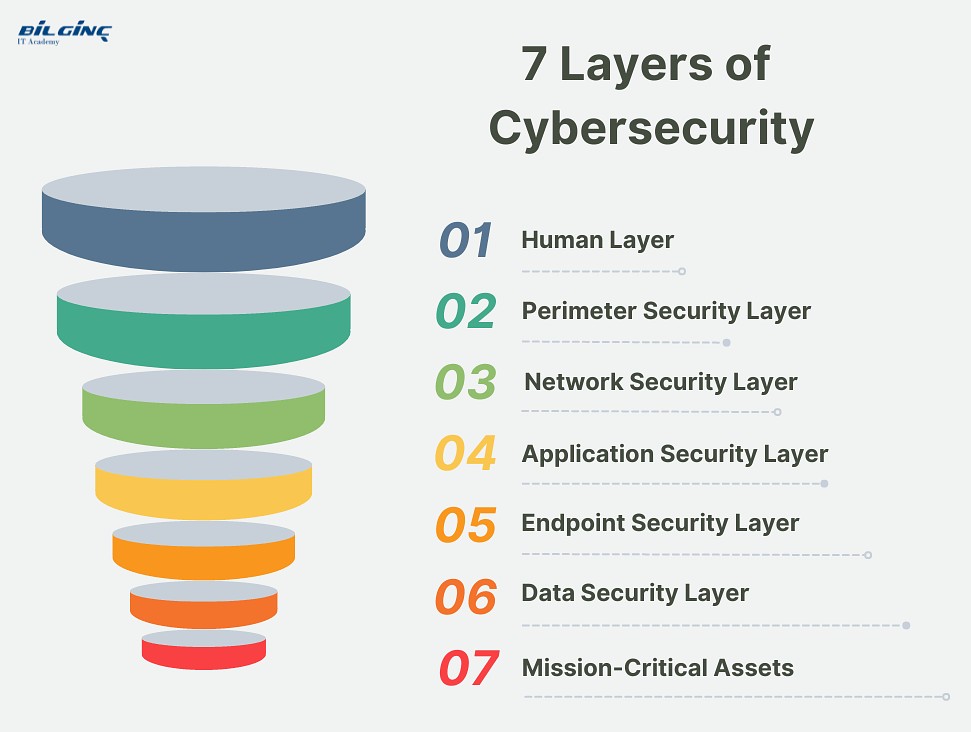
Reduce Your Cyber Risks
We provide medium and small businesses with cybersecurity services to support them in assessing and tackling security risks.
Get in touch9 Cybersecurity Best Practices for Enterprises
To ensure data security, you should pay attention to numerous aspects and follow certain rules, depending on the specifics of a particular company and the peculiarities of the industry it operates in. However, there are several cybersecurity best practices universally applicable for most businesses.
1. Implement or Update Security Policies & Procedures
These policies should describe things like password management, differentiated employees’ access to sensitive data, data backup creation and verification, and various connected auxiliary procedures.
While different company’s subdivisions incorporate new tools, technologies, and ways of data processing, the management should constantly update and improve these policies.
2. Backup Your Data
Even small businesses can accumulate significant volumes of data from their employees, customers, and users. Regular data backup and efficient backup management minimize the risks of possible data loss.
Most companies resort to cloud technologies for these purposes, as they provide good scaling opportunities.
3. Conduct Regular Cybersecurity Audits
Even if you are confident that your enterprise has an efficient cybersecurity system, you should evaluate and test it regularly anyway. That is especially relevant, given that cybersecurity risks constantly change and become more complex.
For instance, penetration testing simulates intruders, helping you assess the strengths and weaknesses of existing safeguards.
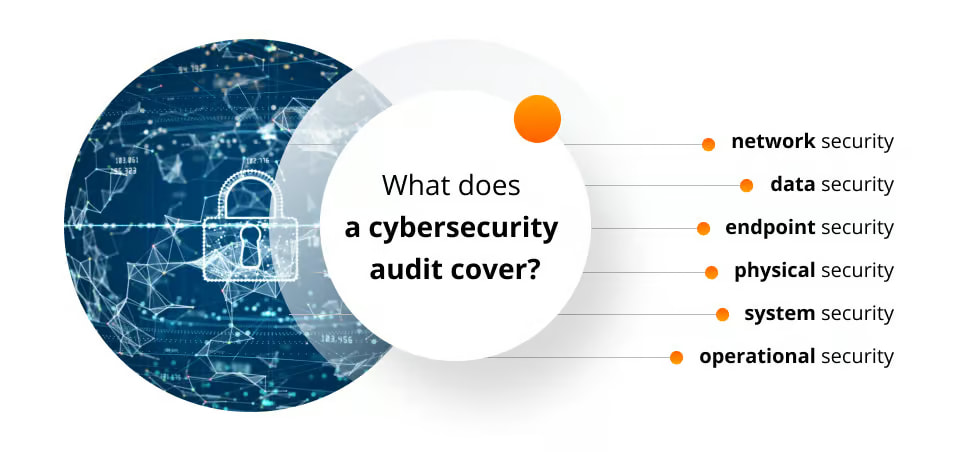
4. Implement Data Encryption & Protection
Сonfidential data encryption for storage, exchange, or transmission is one of the prerequisites for reliable digital asset protection. There are advanced comprehensive software solutions for these purposes. They can help you implement encryption and control access at the firewall level.
5. Control User Roles and Privileges
Role-based access controls (RBAC) are the fundamental components comprising an efficient enterprise cybersecurity system. There are circumstances when you can entrust the data connected with your company’s trade secrets to several people only.
Each employee should have access exclusively to the data related to their job. Just a small circle of people should have administrative access to anything. Anyone else outside that circle should be able to request access to specific data when necessary.
6. Educate Your Employees
All personnel employed by a company should comprehend possible cybersecurity risks and know the practices used to mitigate them. Therefore, companies cannot neglect staff training in this regard. It may include reminding employees to:
- create strong passwords;
- flag suspicious deliveries in their emails;
- avoid clicking on unknown links;
- use two-factor authentication, etc.
Free 30-minute Discovery Session
Cyber security can be complex. Let our experts discover your needs and guide you to the next steps in your cloud journey.
Schedule a call7. Monitor Third-Party Apps
One way or another, almost any company uses third-party solutions and services. They, in turn, also create potential data leak risks and require attention. Therefore, you should monitor and control what activity third-party apps conduct and what data they operate.
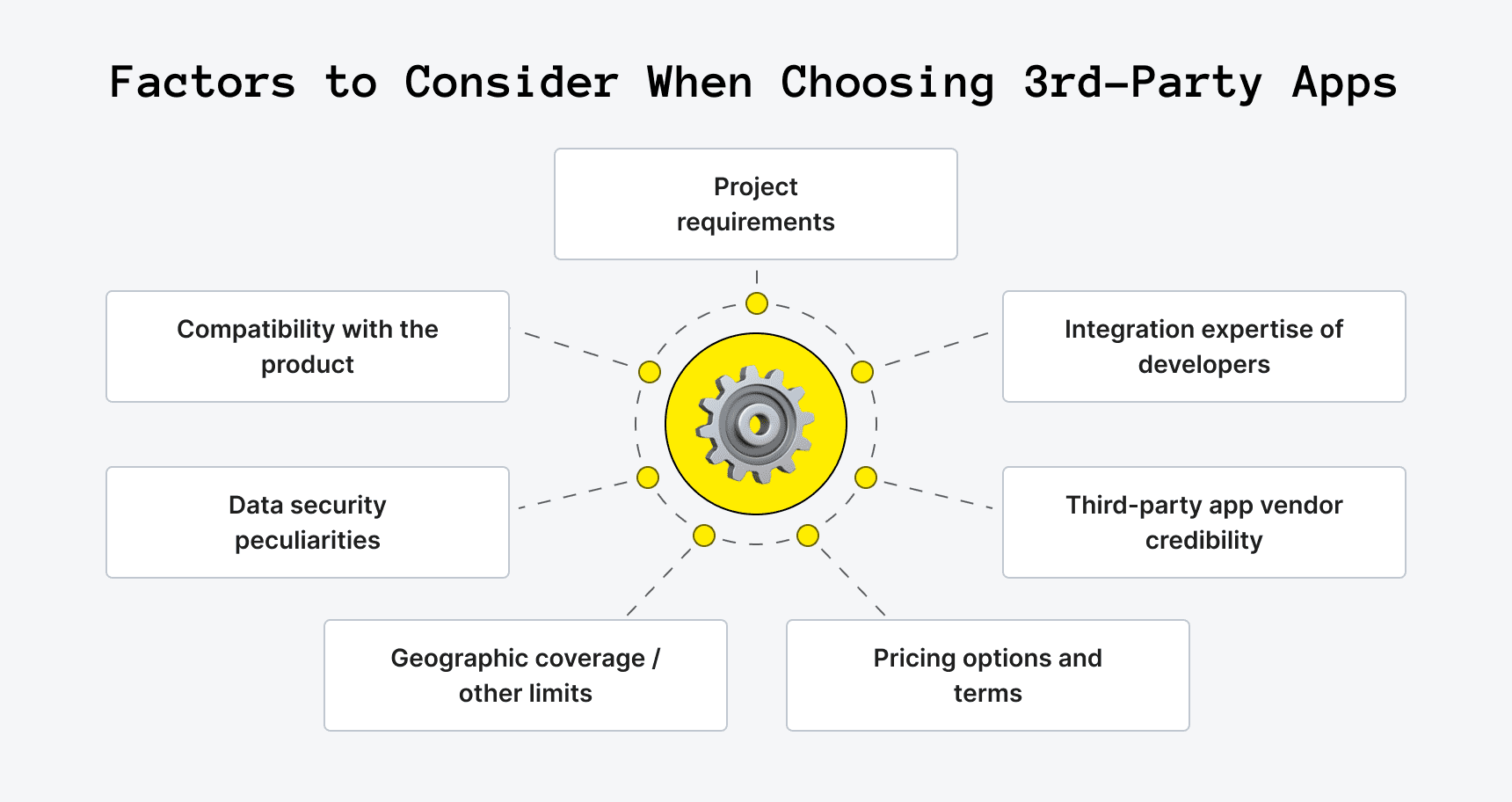
8. Implement Early Detection Systems
A proactive approach always brings more benefits than reactions to arising problems. Sound enterprise cybersecurity practices allow those concerned to identify threats before they affect the company’s performance.
No early detection mechanisms and insufficient analysis of suspicious activity lead to situations where hackers can access databases for years before security services can detect them.
9. Create Incident Response Plan
This plan should include clear step-by-step instructions on what to do in case of cybersecurity incidents and who to notify to isolate the issues and restore operations.
A functional plan like this reduces downtime and minimizes potential risks. After all, no matter how adequate your cybersecurity protections are, there is always a chance of incidents.
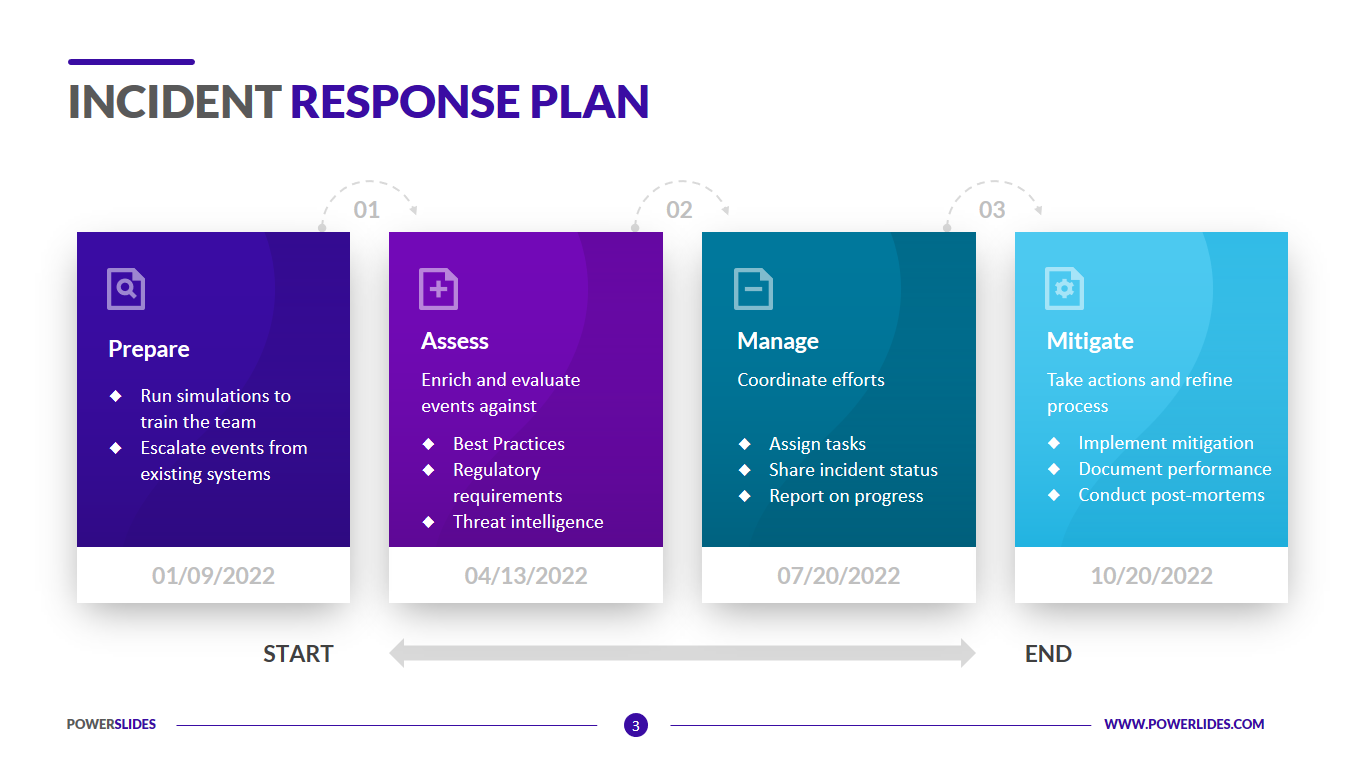
How Can We Help You With the Security of Your Business?
A wide range of cyber threats for businesses makes protecting data systems an arduous challenge for any company. SmartTek can become a reliable cybersecurity partner for you and help you solve problems as follows:
- Prepare a cybersecurity strategy to meet your company’s specific needs.
- Select the right combination of software tools and hardware solutions.
- Create response scenarios to mitigate specific cyber threats, develop access differentiation mechanisms, design policies for your company’s employees, and more.
With the ubiquitous spread of digital technology, new risks have appeared. However, the correct response strategy can help you ensure your business’s readiness for it.
If you need help with cybersecurity, contact us and let us discuss the details!
